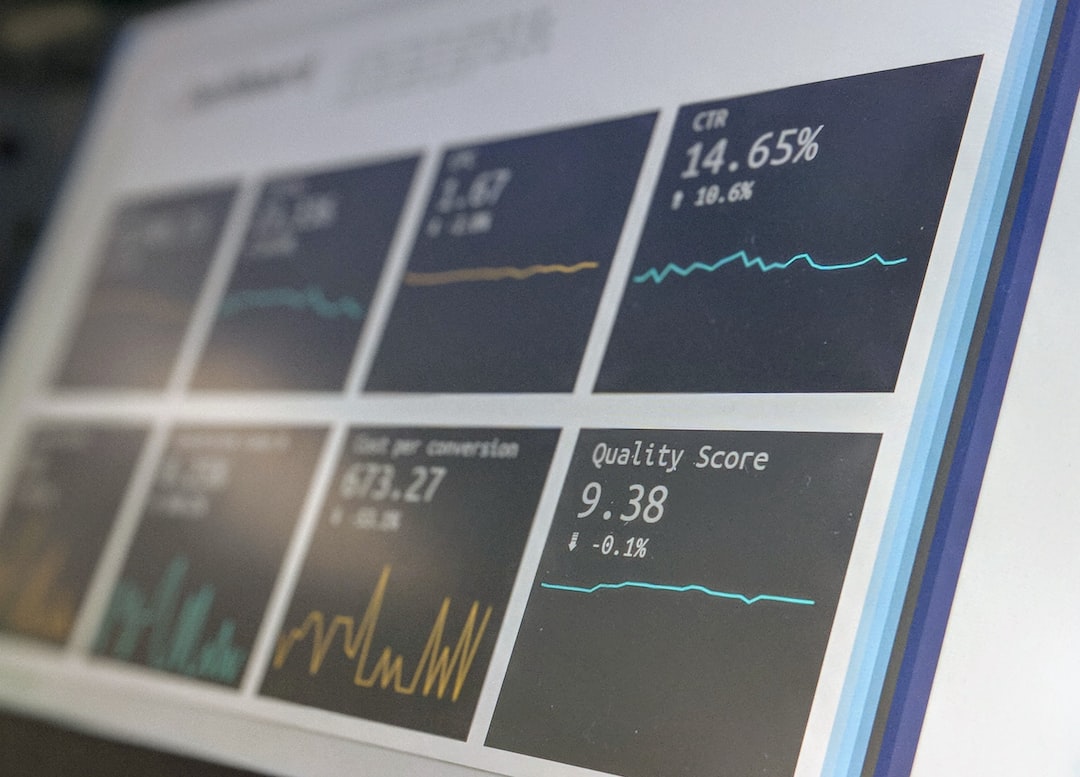Managing cash flow is an essential aspect of running a business. Cash flow refers to the movement of money in and out of your business. It involves monitoring your expenses, income, and loans to ensure that your business has the money it needs to operate and grow. While it may sound simple, managing cash flow requires diligence and attention to detail because it can make or break a business. Here’s how to manage cash flow in your business.
1. Create a cash flow statement: A cash flow statement is a document that tracks the money coming in and going out of your business. It provides a detailed picture of how much money you have, how much you owe, and what your financial future may look like. You should create a cash flow statement every month to help you plan your business operations and make financial decisions based on accurate data.
2. Monitor your expenses: As a business owner, you need to have a handle on your expenses. Keep a record of all your business expenses, from rent to supplies, and review your expenses regularly to ensure you are getting the best value for your money. You can review the expenses and search for ways to cut cost.
3. Invoice regularly: Sending invoices on time is crucial to ensure a good cash flow in your business. Clients are more likely to pay promptly if they receive invoices promptly. Use cloud accounting software, which shows you who owes you how much and when, to keep track of your invoices.
4. Set payment terms: Establish your payment terms and make sure they are clear to your customers. Standard payment terms generally include net-30, which means the payment is due within 30 days from the invoice date. You can also offer early payment incentives to encourage customers to pay quickly.
5. Maintain a cash reserve: It’s essential to have a cash reserve to handle unexpected expenses or to keep the business afloat during a slow period. Maintain a cash reserve fund with at least three to six months’ worth of expenses. A separate account for the cash reserve can make it less tempting to dip into it for day-to-day expenses.
6. Seek financing when needed: Seeking financing is a regular part of running a business. You may need to borrow money to fund new equipment purchases, or to see you through a slow period. It’s essential to choose the right type of financing to keep your business healthy.
7. Monitor your receivables: Monitor your receivables frequently to reduce the chances of a cash flow crunch. Set up automated follow-ups with slow-paying clients, so you don’t have to chase them every time their payment is due.
In conclusion, cash flow is critical to the success of your business. The points discussed above will help you manage cash flow in your business. You should regularly review your cash flow statement, monitor your expenses, invoice frequently, maintain a cash reserve, and seek financing when needed. With these strategies in place, you’ll have a better understanding of the health of your business, and you’ll be better prepared to make informed financial decisions.
